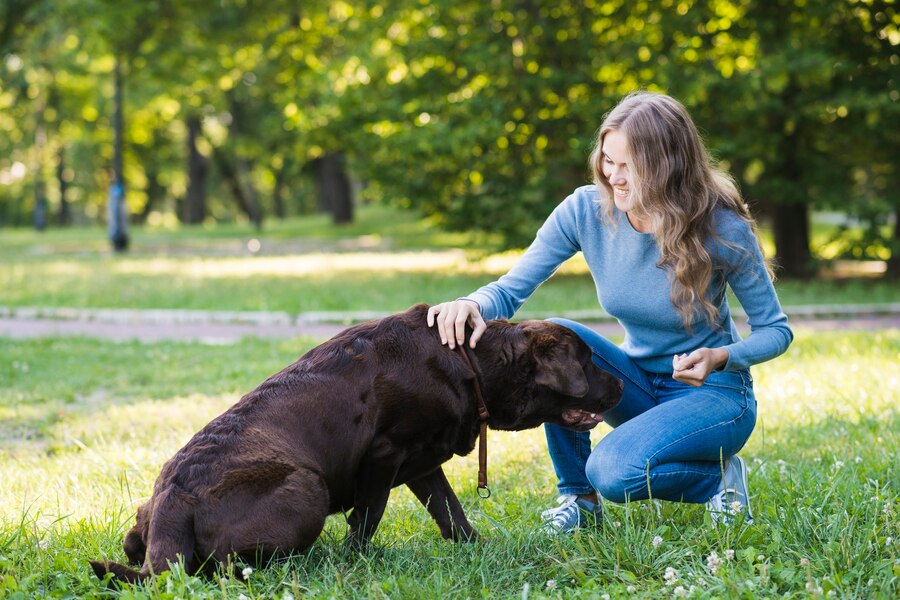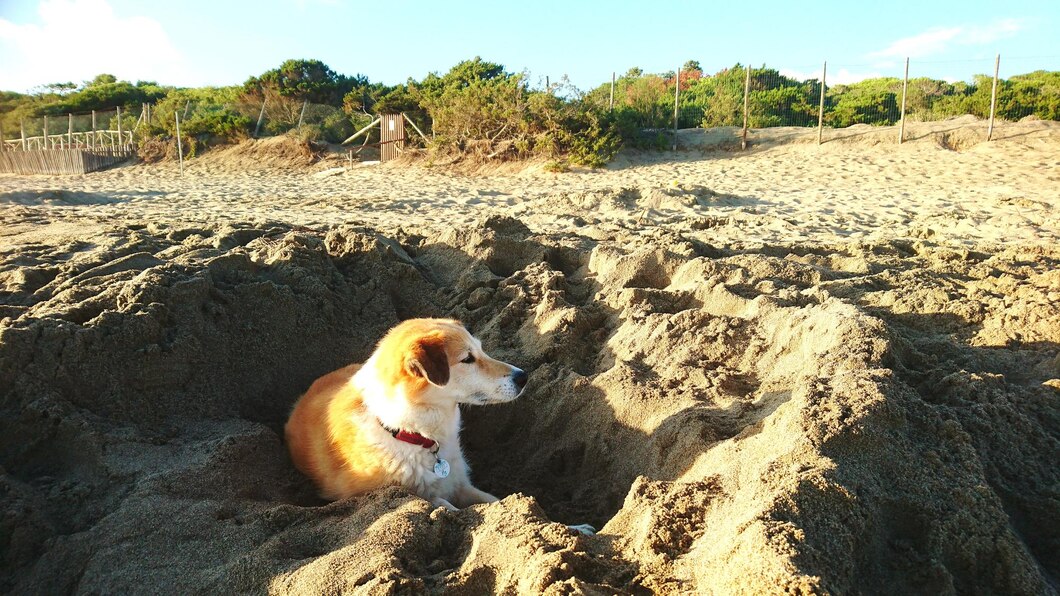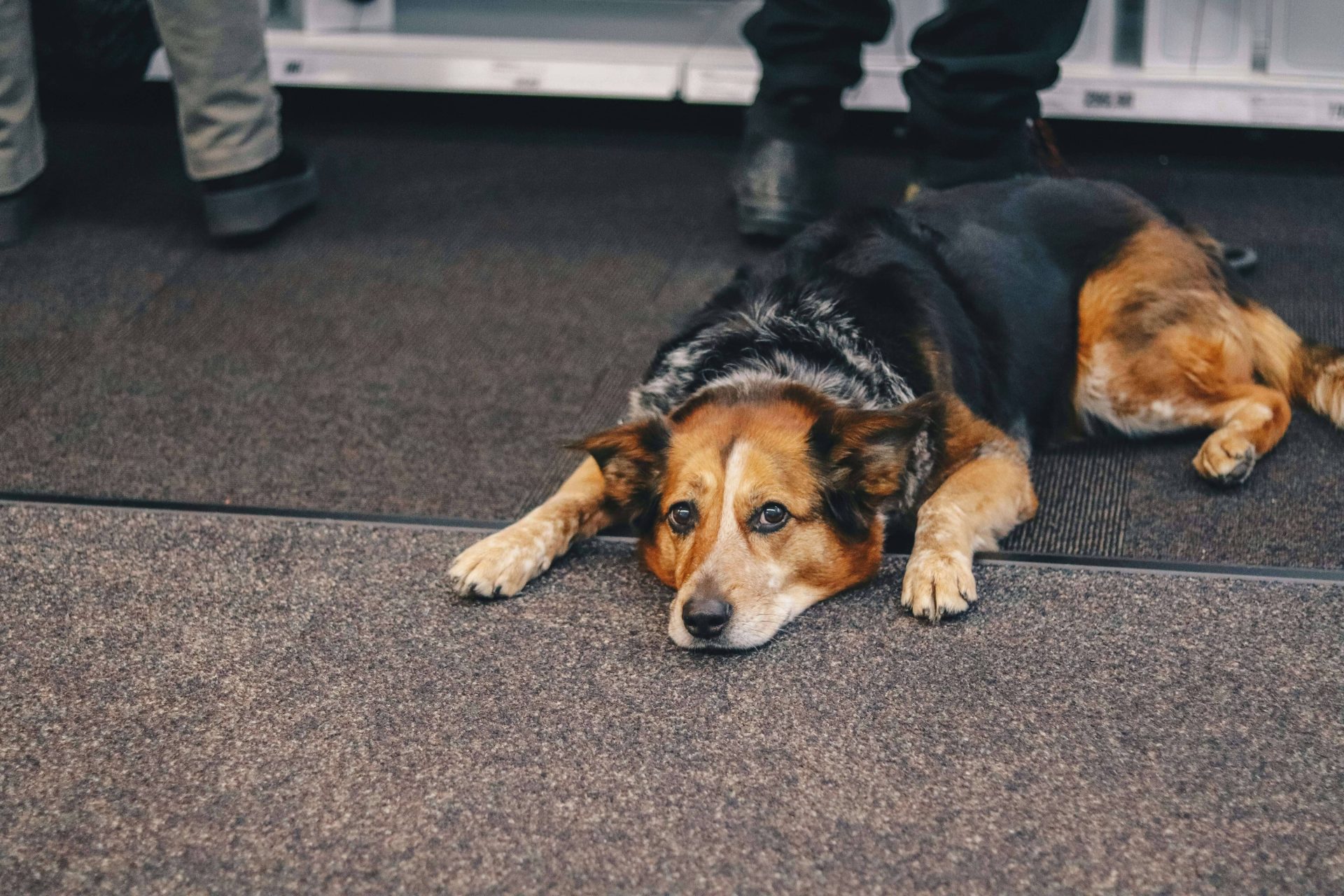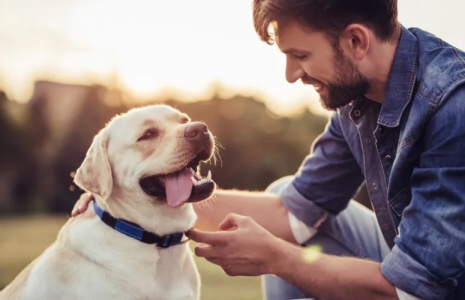Decoding Common Habits And Actions In Dog Behavior


Dogs, cherished as more than mere pets, are integral members of our families. Their unique behaviors and actions, when understood, can significantly strengthen the familial bond. Petmade, a platform dedicated to enhancing pet care, emphasizes the importance of understanding these canine cues.
This article, inspired by Petmade‘s mission, aims to decode some of the most common dog habits and actions to foster a deeper connection between dogs and their owners.
Understanding your dog goes beyond mere observation. It involves an empathetic approach to their needs and emotions. Petmade advocates for this deeper understanding, believing it to be the cornerstone of a fulfilling pet-parent relationship.
From the joyful wagging of a tail to the curious tilting of their head, every action of a dog is a form of communication. By interpreting these signs, dog owners can create a nurturing environment that caters to both the emotional and physical well-being of their furry companions.
Understanding The Wagging Tail
What Does A Wagging Tail Mean?

A wagging tail is commonly associated with happiness in dogs, but this interpretation isn’t always accurate. The subtleties of a dog’s tail wagging, such as its speed and pattern, play a critical role in deciphering their true emotions. When a dog wags its tail rapidly in conjunction with a relaxed, loose body posture, it usually signifies joy and excitement.
This type of wagging is often seen during playful interactions or joyful greetings. On the other hand, a slow-wagging tail, especially when paired with a stiff body, can be indicative of insecurity or uncertainty. In such cases, the dog might be cautiously assessing a situation or feeling uneasy.
Dog owners need to observe not just the tail but also the overall body language of their pet to accurately understand their feelings and provide appropriate support or space as needed.
Tail Position Matters
The position of a dog’s tail is a vital indicator of its emotional state, conveying feelings that are key to understanding its mood and temperament. A tail held high is often a sign of confidence and alertness, projecting a sense of self-assurance in the dog. It’s a posture seen when a dog is curious, engaged, or feeling dominant in its environment.
Conversely, a low tail is typically a manifestation of nervousness, submission, or anxiety. This tail position can occur in situations where the dog feels intimidated, unsure, or submissive to other dogs or people. Careful observation of the tail, in conjunction with other body language cues, provides a deeper insight into a dog’s psyche.
Understanding these subtle signals helps owners respond more empathetic to their pets’ needs, whether it’s offering reassurance when they’re anxious or giving them space when they’re feeling overwhelmed. This level of attunement fosters a stronger, more harmonious relationship between dogs and their owners.
Digging: A Natural Instinct
Why Do Dogs Dig?

Digging is an ingrained behavior in dogs, stemming from their ancestral instincts. It serves multiple purposes that are both practical and instinctual in nature. Some dogs dig as a way to hide their food or treasures, a survival tactic inherited from their wild ancestors.
Others may dig to create a cool, comfortable spot to lie in, especially during warmer weather, or to find shelter. The act of digging can also be driven by a dog’s keen sense of smell, as they often try to uncover or follow intriguing scents buried underground.
Additionally, digging can simply be a form of entertainment or a way to alleviate boredom, particularly for dogs that are left alone for long periods or lack sufficient mental and physical stimulation. Providing alternative activities and ensuring enough exercise can help mitigate excessive digging, channeling this instinct into more desirable behaviors.
Understanding this aspect of dog behavior helps in creating a more enriching environment for these curious and energetic animals.
Addressing Excessive Digging

When a dog’s digging behavior becomes excessive, it is crucial to identify and address the underlying cause. This excessive digging could stem from various factors such as boredom, excess energy, or even anxiety.
Providing more physical exercise is often a key solution. Engaging your dog in more frequent or longer walks, play sessions, and activities that mentally stimulate them can significantly reduce their urge to dig.
Additionally, offering a variety of toys can keep them entertained and mentally engaged, diverting their attention away from digging. When you notice your dog beginning to dig, redirecting their behavior by offering a toy or initiating a play session can be an immediate and effective distraction.
Training your dog commands that encourage them to stop and engage in another activity can also be beneficial. It’s important to approach this with patience and consistency, reinforcing positive behaviors.
Creating designated digging areas or sandboxes for dogs can provide a safe and appropriate outlet for their digging instincts, ensuring they can indulge in this natural behavior without causing disruption.
Understanding and catering to your dog’s needs in this way helps prevent problematic behaviors and fosters a happier, more balanced pet.
The Love For Chewing
Chewing: A Natural Activity

Chewing is an instinctive and vital behavior in dogs, serving several important purposes. It’s not only a natural activity but also a necessary one for maintaining oral health. Regular chewing helps in keeping their teeth clean, reducing the build-up of plaque and tartar. It also strengthens their jaws, ensuring they remain powerful and effective.
For puppies, chewing takes on an additional significance, especially during the teething phase. As they grow, chewing helps alleviate the discomfort of new teeth coming in, much like a teething baby. It’s a soothing activity that also aids in the healthy development of their teeth and gums.
However, owners need to provide suitable chewing materials. Safe, durable chew toys and dental treats designed specifically for dogs can satisfy their chewing instinct while ensuring they don’t turn to inappropriate items like shoes or furniture.
Managing Excessive Chewing
Managing excessive chewing in dogs is crucial for both the safety of the dog and the preservation of your home. Excessive chewing, especially in adult dogs, often stems from boredom, anxiety, or lack of appropriate chew toys. The first step in managing this behavior is to ensure that your dog is getting enough physical exercise and mental stimulation.
Regular walks, playtime, and training sessions can significantly reduce boredom and anxiety, which are common triggers for destructive chewing.
Providing a variety of appropriate chew toys is also essential. These toys should be durable and safe, catering to your dog’s size and chewing habits. Rotating these toys can keep your dog interested and engaged.
If your dog tends to chew on inappropriate items, consistent redirection is key. Whenever you catch them chewing on something they shouldn’t, firmly say “no” and replace the item with a chew toy.
For dogs that chew due to separation anxiety, creating a comfortable and safe space where they feel secure can help, as can training techniques that gradually acclimate them to being alone. Additionally, some dogs may benefit from puzzle toys that keep them occupied and mentally stimulated when left alone.
In Conclusion
Understanding and managing common dog behaviors like tail wagging, barking, digging, jumping, and chewing is essential for a harmonious relationship with your canine companion. Recognizing the nuances of these behaviors helps you respond appropriately, ensuring your dog’s emotional and physical well-being.
Regular exercise, mental stimulation, and appropriate training are key to addressing these behaviors. Remember, every dog is unique and may require different approaches. With patience, consistency, and empathy, you can foster a deeper bond with your dog, making your shared life more enjoyable and fulfilling. Always consider professional advice for persistent issues, and cherish the journey of growing alongside your faithful friend.
Read Also:








All Comments
Jimmy Barker
2 March, 2024
Good post! We will be linking to this particularly great post on our site. Keep up the great writing
Reply